1998.10.02 Grubbtown Civil War Memorial
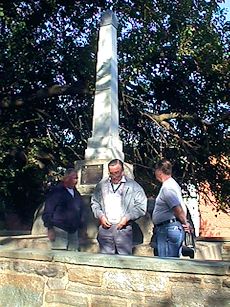 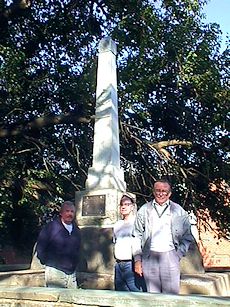 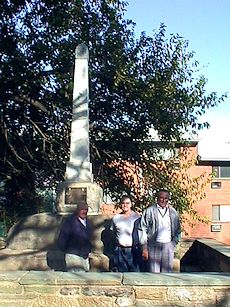
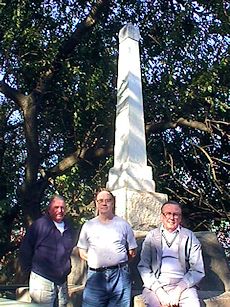 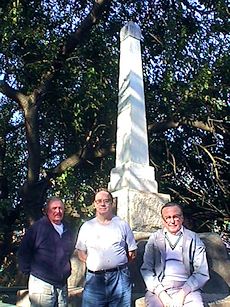
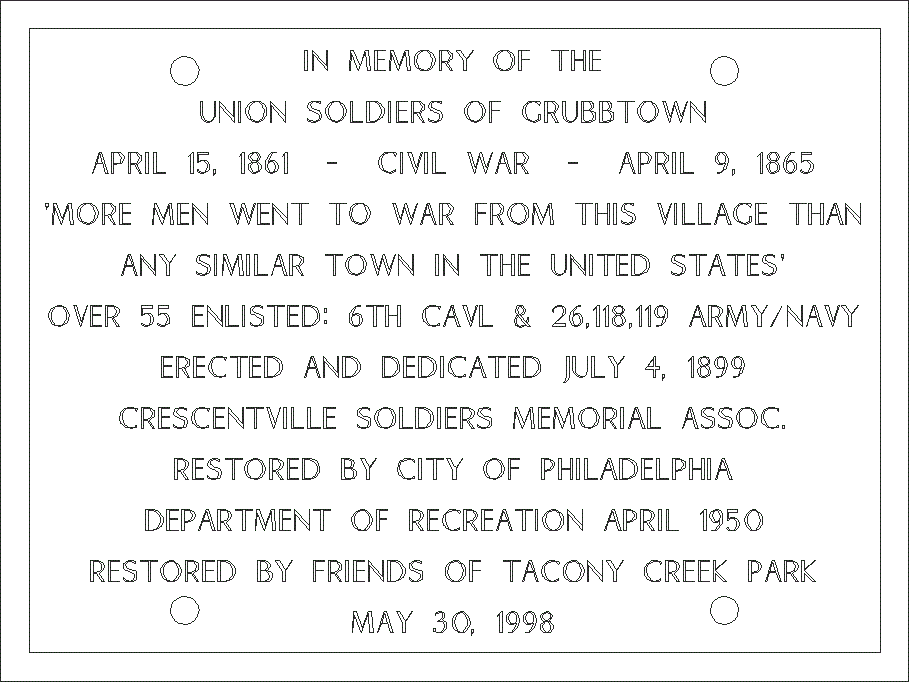
| |
The arbors of Arbor Street
|
1998.10.03
|
on the street where I live

panoramic view of Arbor Street from the doorstep of house number 5233
I cannot say that I always like what I see when I look out the front door of my house. Throughout the 1990s, the most dispiriting sight has been what seems to be the above average profusion of "FOR SALE" signs in front of other houses on the block. After living in the same place for forty years, one would think that I have become used to seeing local residents come and go, but actually the opposite is true, because the longer I remain in the same place the more poignant the changes around me become.
From the time when the homes on Arbors Street where built (in the very late 1930s) up until the mid-1980s, my neighborhood was "stable", so called because practically every family was white, middle class, and the turnover of household was something like two or three properties (out of fifty-six) a year. There was, however, always a small percentage of recent immigrants living on my street. I am well aware of this statistic because my own family and quite a few of my relatives comprised Arbor Street's initial immigrant group. Over time, other immigrants of various ethnicities moved in, and have since also moved out. In the 1960s, I came to know some Italians and some Ukrainians. In the 1970s, there were Mongolians, Brazilians, and Indians of the Subcontinent. By the 1980s, the latest wave of immigrants came from Korea, Portugal, and even two families of Serbians from Yugoslavia. Today, in 1998, twenty-three of the fifty-six houses on Arbor Street are the homes of immigrants, whose ethnicities include: Columbia, India, Puerto Rico, Korea, Nigeria, Portugal, Haiti, Cambodia, Italy, and Germany.
Throughout the last decade, I have often said that I do not speak with any of my neighbors simply because none of them speak English. In the last few years, however, a totally "natural" common language between one household and another has "grown". For some uncanny reason, Arbor Street now has an abundance of arbors, and even more remarkable is that each arbor reflects its respective owner's ethnicity. It is almost as if the various immigrants, after moving to Arbor Street, looked up the word arbor in the dictionary, and hence decided to contribute their own arbor to Arbor Street.
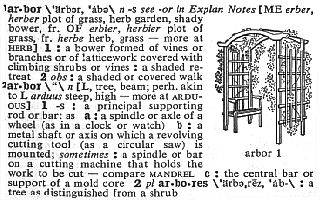
Without stretching the imagination too far, Arbor Street is now very much a small museum of arbors, whose seasonal "exhibit" is open throughout the spring and summer of each year.
|
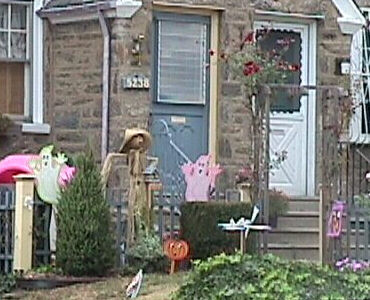 | |
5238 Arbor Street
This arbor is presently the only stereotypical arbor on Arbor Street. The wooden rose arbor (on the right) is complemented with an array of Halloween decorations. The residents here are the very last middle-class white family with children left on the block, and thus it seems eminently fitting that the overall scene bears a striking resemblance to Venturi and Rauch's Signs of Life: Symbols in the American City exhibition.
|
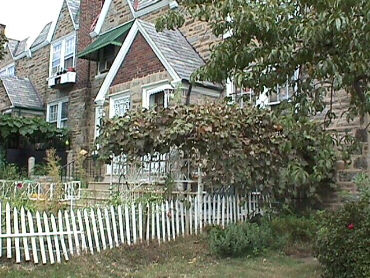 | |
5235 Arbor Street
This metalwork arbor is a true grape arbor. It was constructed by a former Portuguese resident who formed and welded the entire arbor himself. He and his wife have since moved back to Portugal, and the new residents, a family headed by a Nigerian Ph. D. who teaches political science at Drexel University, for some reason do not eat the grapes.
|
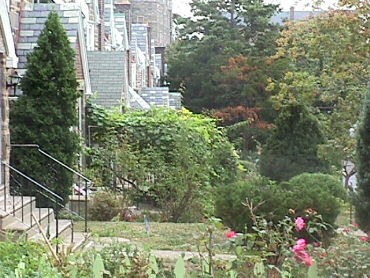 | |
5219 Arbor Street
This arbor is constructed entirely of standard pipes and pipe fittings. The residents are Puerto Rican, and that may well be the reason for this arbor's particular lushness.
|
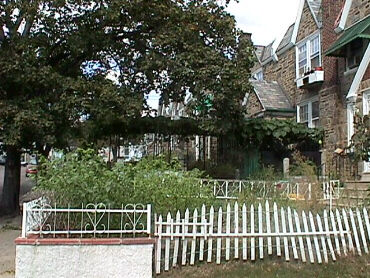 | |
5239 Arbor Street
This arbor is the largest arbor on Arbor Street, and it is also the most ad hoc. The residents are from Hong Kong, and the husband seems to add something new every other week. Unfortunately, the profusion of pipes, wiring, and slapdash cement work gives off the appearance of a makeshift cage rather than a shady retreat.
|
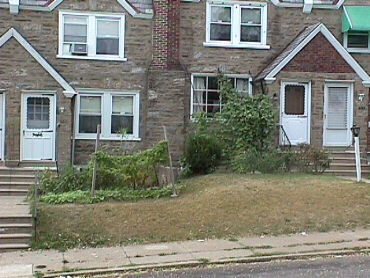 | |
5232 Arbor Street
5234 Arbor Street
These arbors are primarily rope arbors, and they are "re-constructed" annually. Both arbors belong to Indian (subcontinental) families, and rope arbors must be an Indian tradition because all five of the rope arbors on Arbor Street belong to Indian families.
|
I have occasionally thought about designing and constructing my own arbor, but not until recently did I realize that such an exercise is utterly unnecessary. There has been a fruit-bearing peach tree in front of my house since the late 1970s. My grandmother originally planted the pit of an exceptionally tasty peach which grew into a fine tree that lasted fourteen years, and the present tree is a multi-generational descendent of the same original tree. Since the Latin word for tree is arbor, I am now completely satisfied with my literal, if not also purist arbor.
Although I live just blocks away from neighborhoods that contain abandon houses and whole streets rapidly falling into decay, I nonetheless feel fortunate to still find pride and even hope in my own street, which, in an almost profound sense, is fulfilling its own unique destiny.
| |
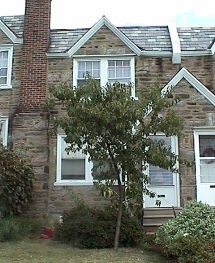 5233 Arbor Street
5233 Arbor Street
|
|













 5233 Arbor Street
5233 Arbor Street